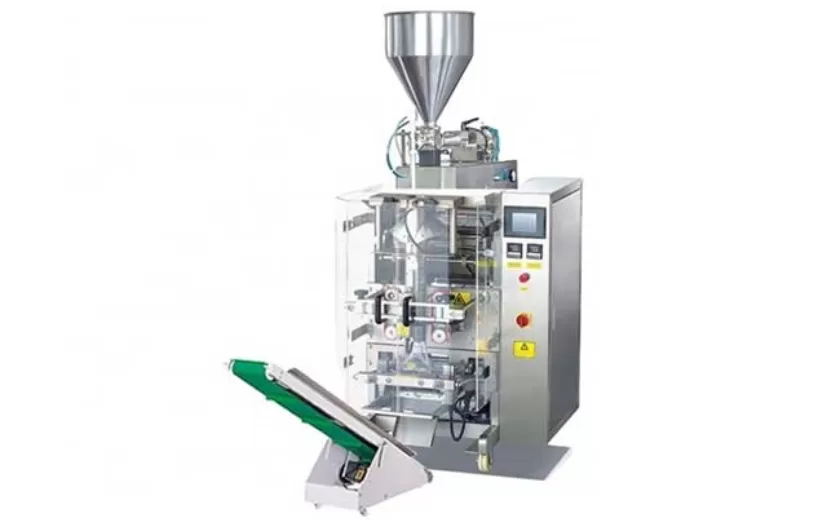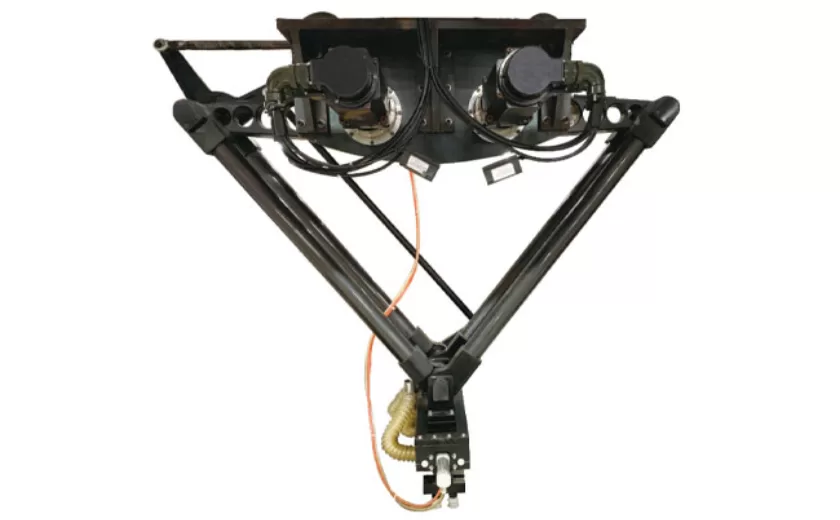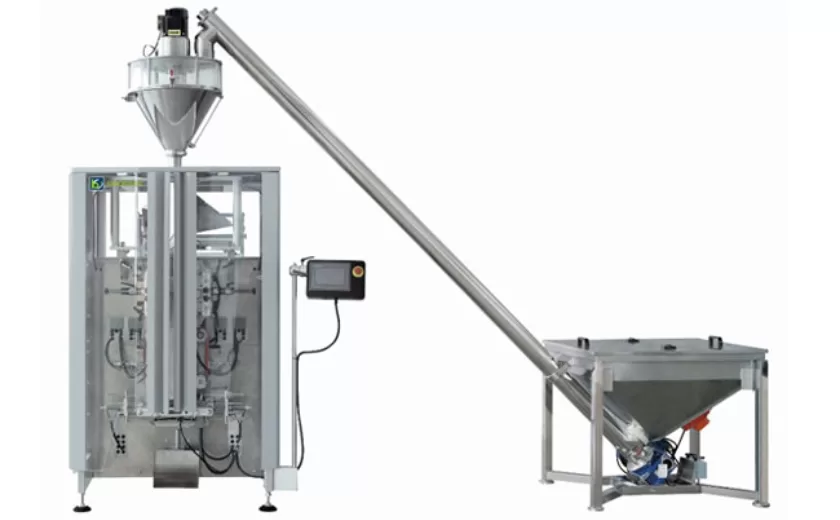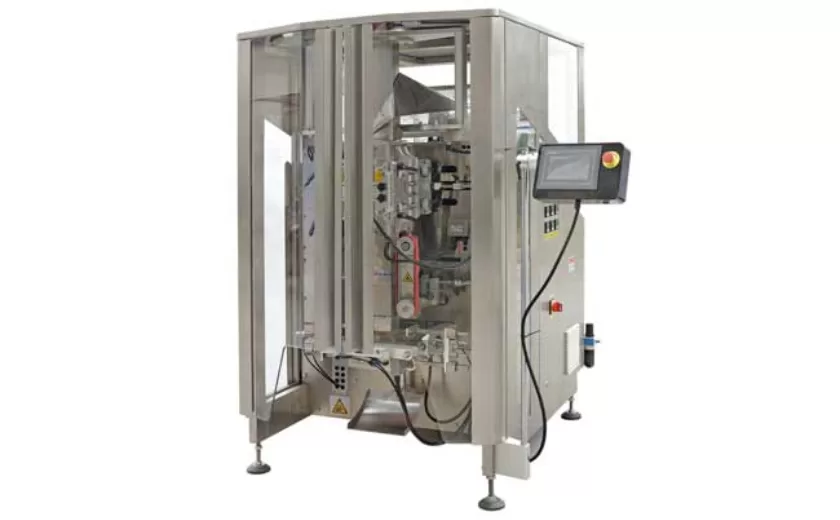Best Practices for Training Staff on Flow Wrapping Operations
Best Practices for Training Staff on Flow Wrapping Operations: A Blueprint for Success
In the realm of industrial operations, flow wrapping stands as a pivotal process for ensuring the seamless packaging of countless products. To harness the full potential of this technique, meticulous staff training is paramount. This article unveils a comprehensive blueprint of best practices designed to elevate your team’s flow wrapping proficiency to unprecedented heights.
1. Embrace a Comprehensive Approach:
Training should encompass all aspects of flow wrapping operations, from material selection to packaging design and troubleshooting. By providing a multifaceted understanding, you equip your staff with the knowledge and skills to excel in every phase of the process.
2. Leverage Hands-On Learning:
Theory is crucial, but nothing beats hands-on experience. Integrate practical workshops into your training program, allowing participants to interact with actual flow wrapping equipment. This immersive environment fosters a deeper understanding and enhances job readiness.
3. Foster Active Participation:
Encourage active participation by engaging your staff in discussions, simulations, and problem-solving exercises. This collaborative approach not only enhances retention but also promotes a culture of continuous improvement and innovation.
4. Utilize Visual Aids and Simulations:
Visual aids and simulations can break down complex concepts into digestible chunks. Diagrams, videos, and interactive simulations provide trainees with a clear and engaging representation of the flow wrapping process, accelerating their learning journey.
5. Provide Ongoing Support:
Training doesn’t end once the sessions conclude. Establish a system for ongoing support, where staff can access resources, ask questions, and engage in follow-up activities. This continuous reinforcement strengthens their understanding and ensures they maintain peak proficiency.
6. Evaluate and Optimize:
Regularly evaluate the effectiveness of your training program and make adjustments as needed. Feedback from trainees and performance assessments provide valuable insights for refining the content and delivery methods.
By adhering to these best practices, you empower your staff with the knowledge, skills, and confidence to excel in flow wrapping operations. This, in turn, drives productivity, efficiency, and customer satisfaction, propelling your organization towards sustained success. Embrace these principles, and witness the transformative impact on your flow wrapping operations today.
-
Advanced Packing Solutions: Snacks, Sugar, and Frozen Food Machines
29-10-2025 -
Efficient and Reliable Solutions for Salt, Nuts, and Frozen Dumplings Packing
29-10-2025 -
High-Performance Biscuits, Lollipop, and Ketchup Packing Machines for Modern Food Production
29-10-2025 -
Efficient Liquid Filling and Packing Machines for Modern Production
23-10-2025 -
Reliable Granule Packaging Machines for Efficient Production
23-10-2025 -
Efficient Auger Powder Filling Machines for Accurate Packaging
23-10-2025 -
High-Performance Liquid Filling and Packing Machines for Hygienic Production
10-10-2025 -
High-Efficiency Granule Packaging Machines for Precision and Speed
10-10-2025 -
High-Precision Auger Type Powder Filling Machines for Efficient Packaging
10-10-2025 -
Efficient Vertical Form Fill Seal Packaging Machines for Smart Production
10-10-2025











